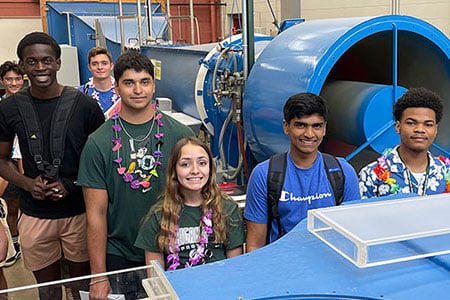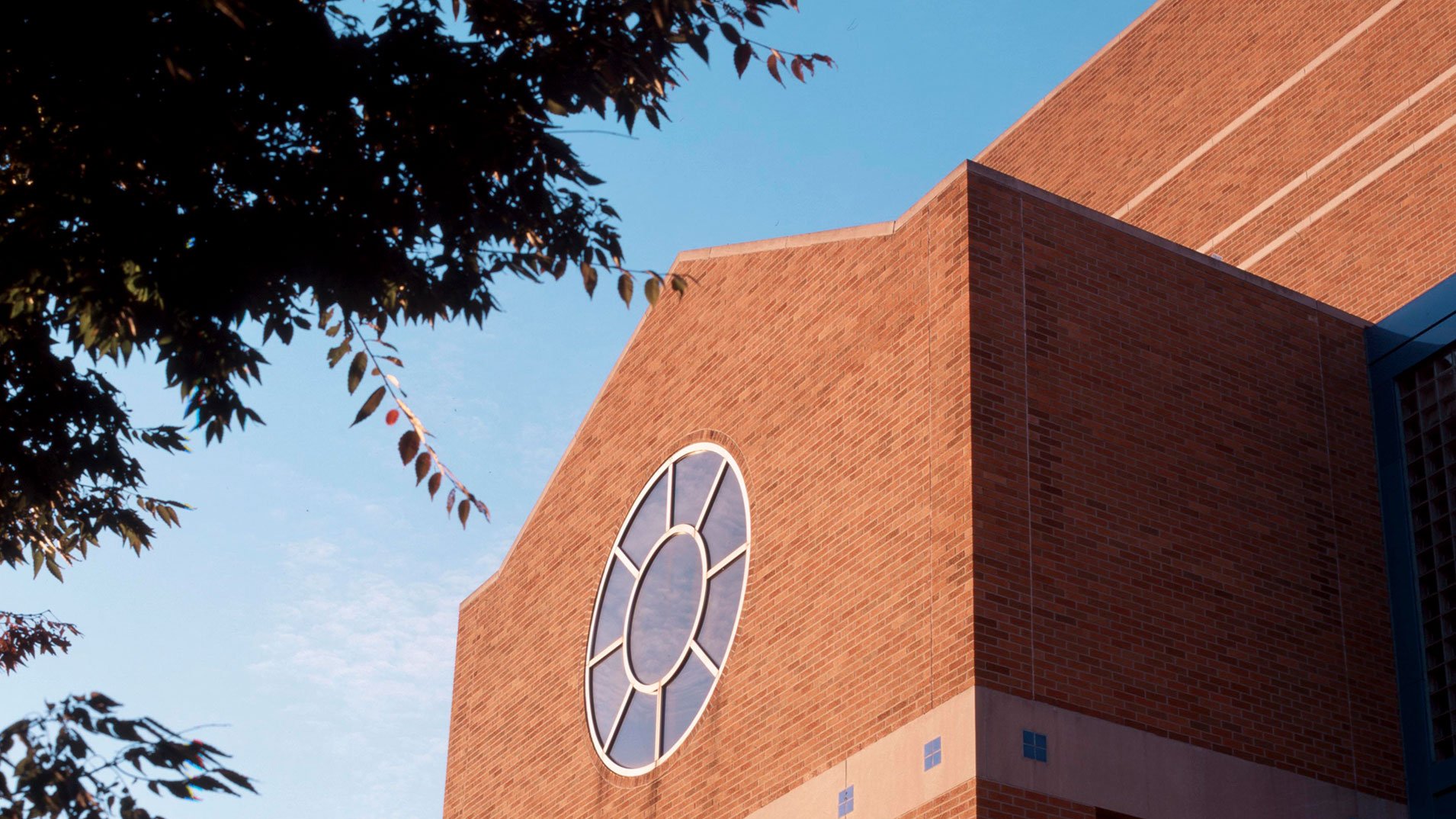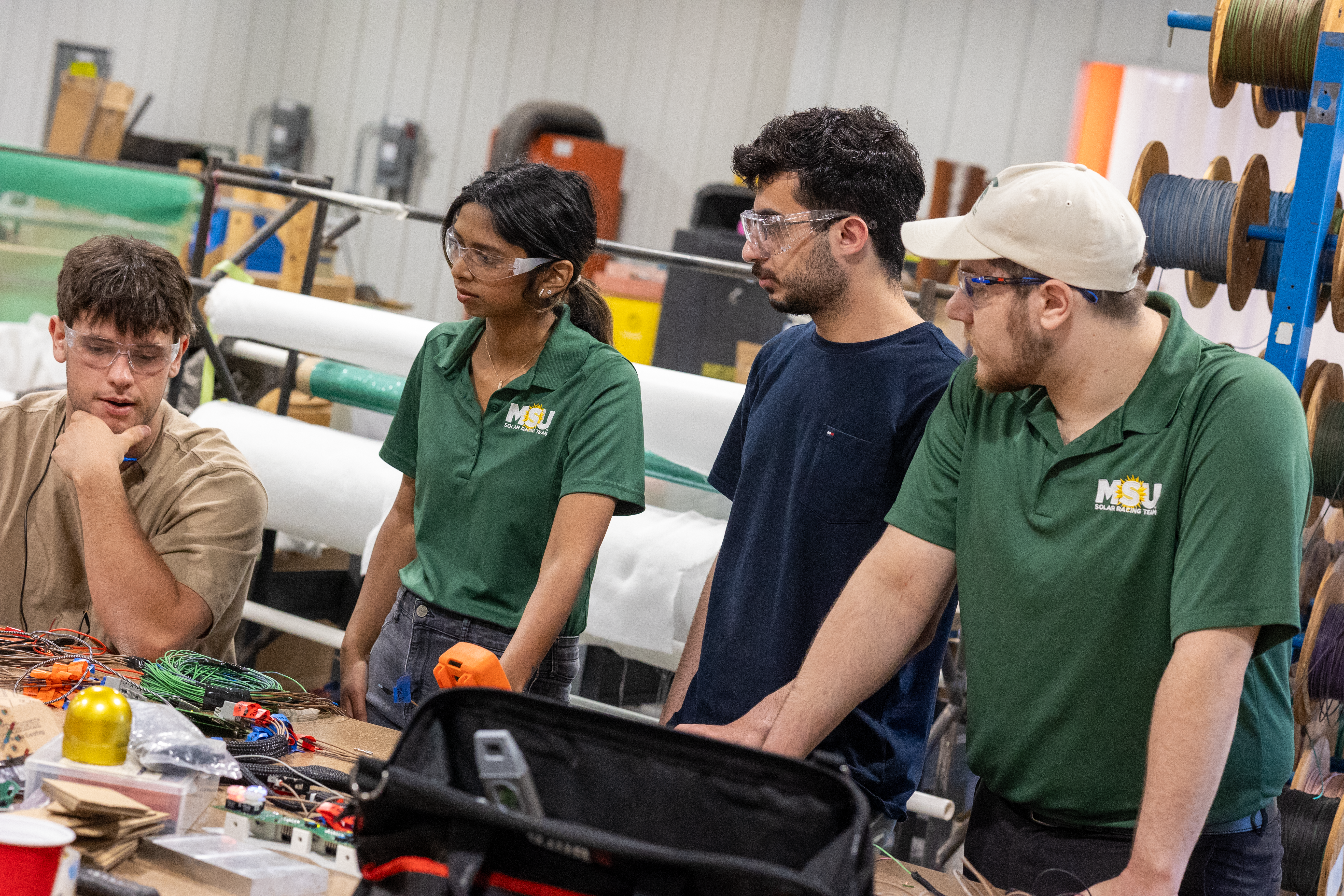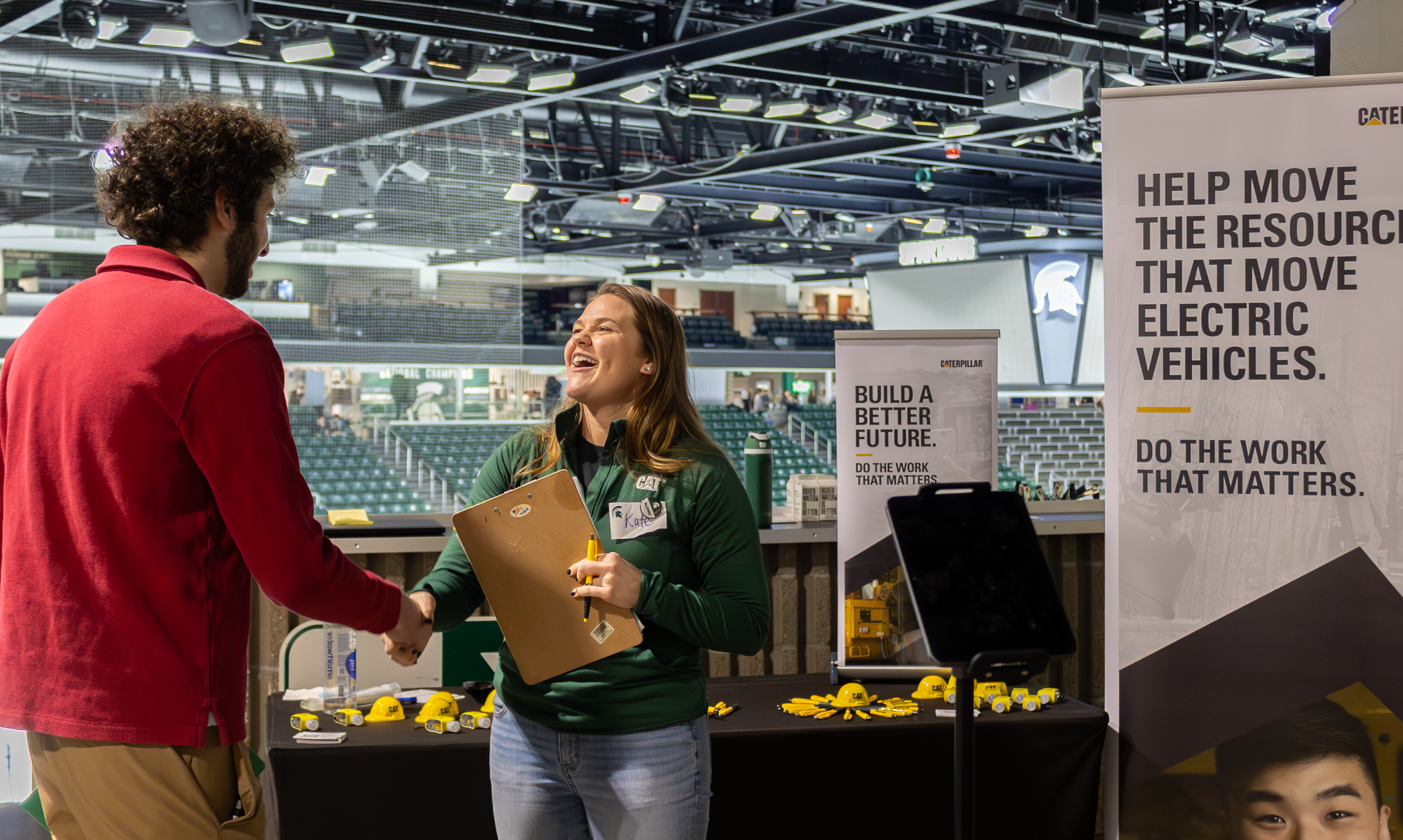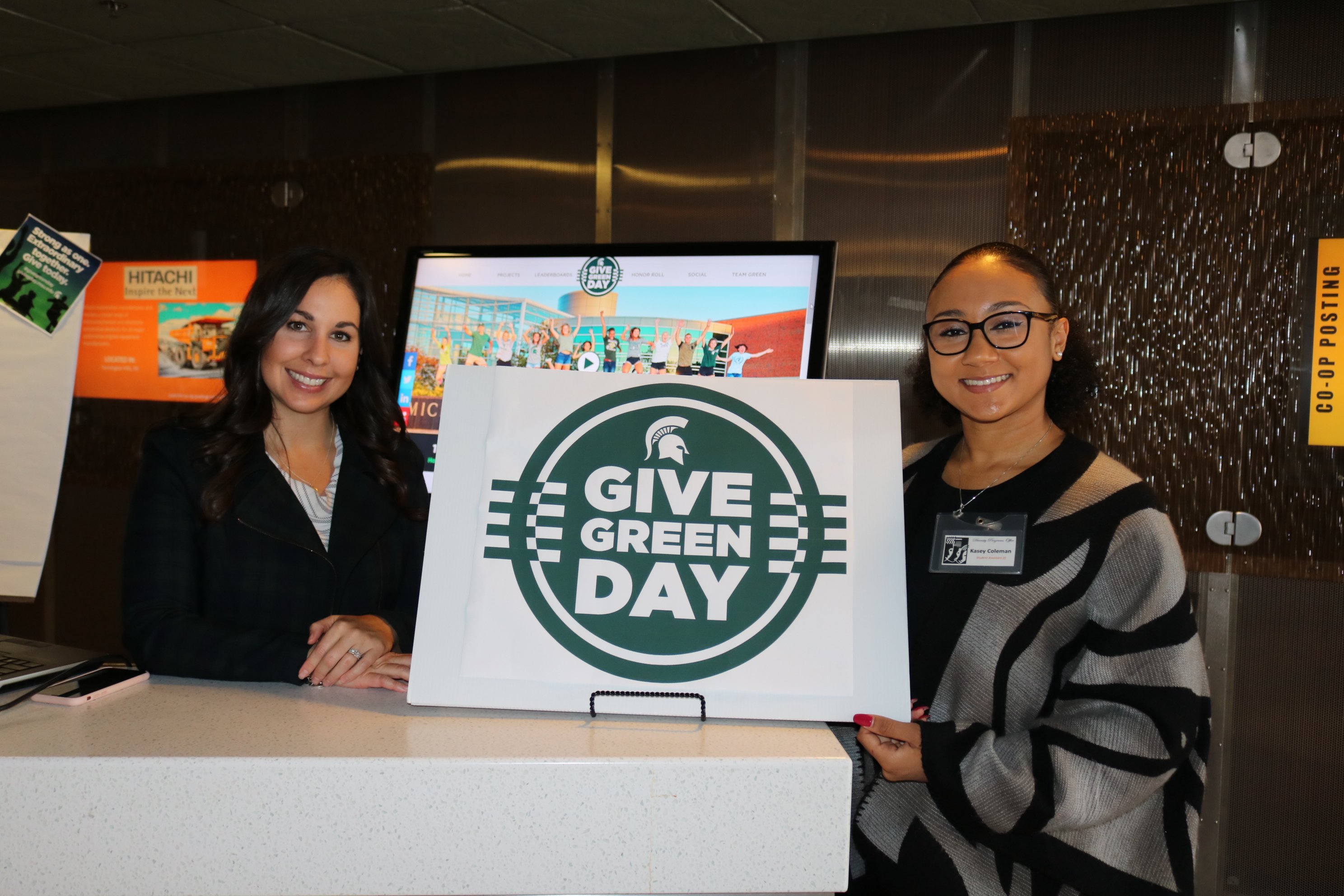Michigan State University researcher Daniel Morris is giving mobility platforms the ability to see better than humans.

"Sensing for mobility is an intriguing topic for me," said the associate professor of electrical and computer engineering. "Humans accomplish it effortlessly, leading one to believe it is a simple task. And yet it turns out to be far harder than it looks."
Morris said autonomous vehicles need to have sensing capabilities on par with or better than humans in order to safely operate on roadways. His research focuses on combining data from heterogeneous sensors - such as video, Lidar, and radar - to obtain more accurate and reliable observations of a vehicle's environment.
While video can be high resolution but not 3D, Lidar is 3D but not high resolution, he noted.
Morris is looking to combine these technologies to obtain a high-resolution, 3D scan of the environment the autonomous vehicle inhabits. This combining of sensor data can be applied to help autonomous vehicles discriminate between hazards.
"Human capabilities are unlikely to change and so we need our cars to see for themselves," Morris said. "And my prediction is that computer vision will enable vehicles to see better than we can."
MSU researchers from many departments are tackling mobility from unique angles.
"The future of mobility is complex and multidisciplinary. It has many interacting components including advances in technology, changes in laws, security concerns, and social acceptance," he added.
For more information about Morris's research, visit the 3D Vision Lab website.
Story by Kara Headley, courtesy of MSU Innovation Center Business Connect
